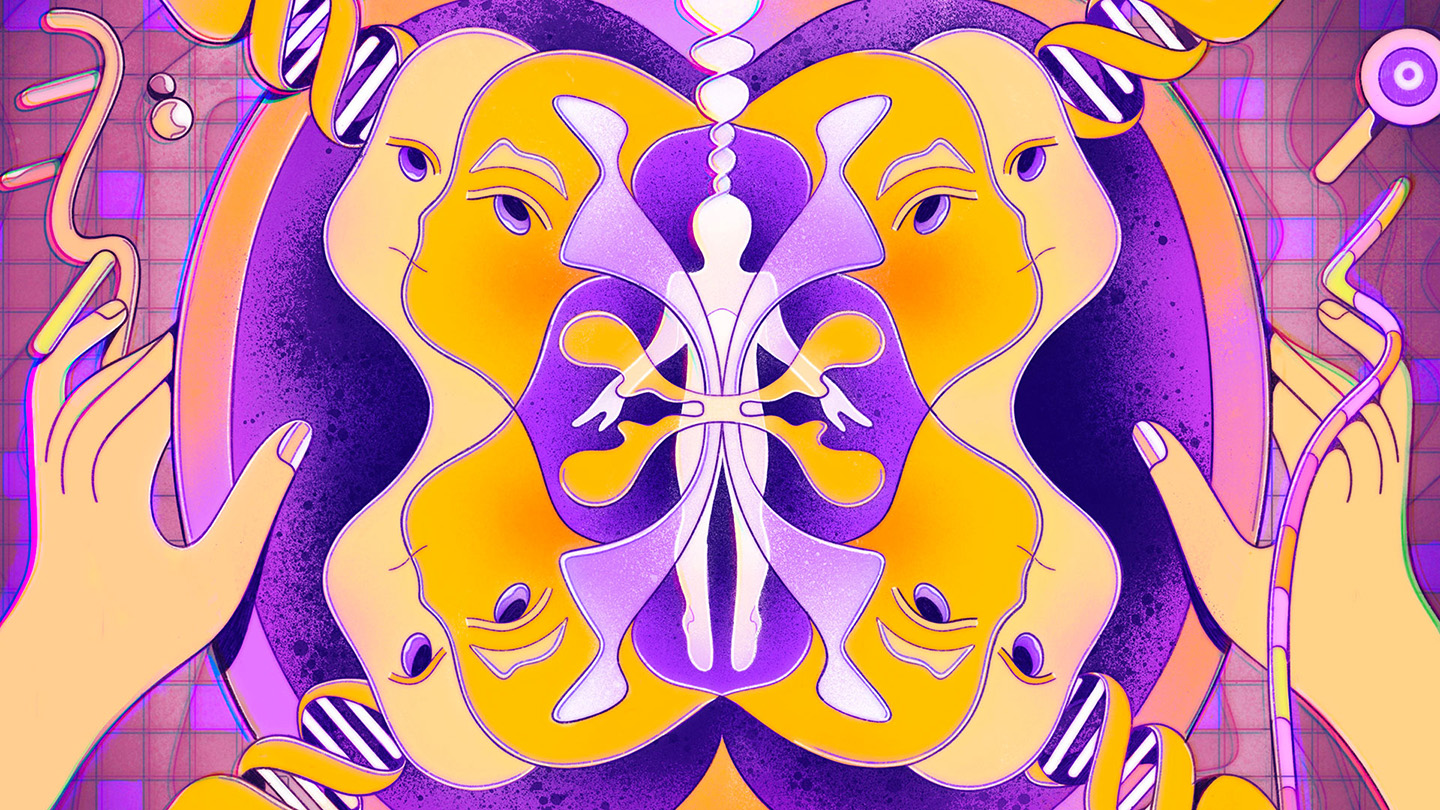Biological sex is not as simple as male or female
Defining sex as a binary excludes many biological realities, scientists say

The biology of sex is complicated.
Rebekka Dunlap
Defining sex as a binary excludes many biological realities, scientists say

The biology of sex is complicated.
Rebekka Dunlap